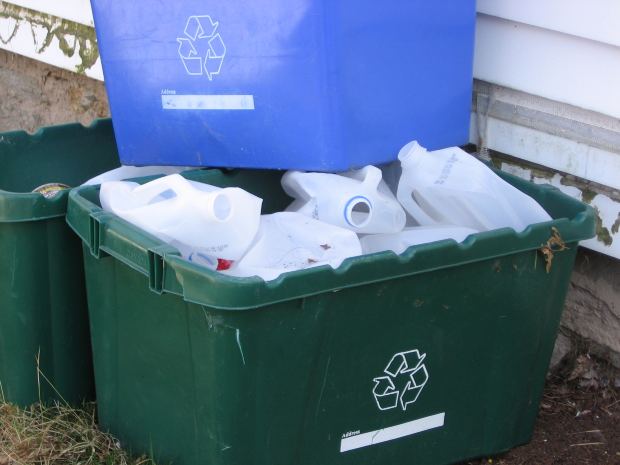The earth needs people to be a little greener. And, in the good ol‘ North America, it’s especially necessary, considering 41 percent of energy is consumed in residential and commercial buildings. You can change that by making a difference in your home. Luckily, it’s easier than ever to transform your home into an eco-friendly palace. Here’s a breakdown of the easiest ways to go green at home; employ any or all of these strategies to lessen your carbon footprint.
Switch To Clean Burning Energy
Here’s something you probably don’t know: you can choose how your energy is delivered. Sites such as www.albertaenergyproviders.com provide pricing information related to natural gas and renewable energy plans. You can make a switch to cleaner burning energy, such as wind turbine energy or solar power while saving money each month at the same time!
Rack Up the Savings by Changing Your Lighting
The energy savings when you switch to CFL or LED lights is enormous, and there’s the added benefit of the economic savings. “Trading just one incandescent bulb for a compact fluorescent (CFL) one prevents emissions of over 400 pounds of greenhouse gases,” according to an eco-home guide on HouseBeautiful.com.
The only disadvantage to using CFLs is that they contain mercury, so you have to follow the included instructions and handle them carefully. LED bulbs are another green option, and they’re better than CFLs because they don’t contain mercury and they use even less energy. They also last longer, but for all these benefits they cost more than other bulbs.
Go ALL-IN With Recycling
If you haven’t already, it’s time to make recycling a habit. Assign specific buckets in the home for specific items, such as glass, paper, and plastic. Mother Nature Network has a great list of items “you didn’t know you could recycle,” such as bicycles, athletic shoes, and Brita water filters.
Do your best to make recycling a part of your everyday habits. Start electronics recycling too! Consistently look for ways to recycle and upcycle items. Soon, it will become second nature. If you don’t know what upcycling is, About.com defines it as: “reusing an object with very little waste or energy in the process, and extending the life of the object until it is reduced to, well, dust.” Basically, it’s repurposing and reusing.
Change Your Household Cleaners
Here’s a simple fix, swap your household cleansers for green cleaners. Real Simple lists this simple switch on their list of 10 Painless Changes You Can Make for a Green Home. “Switching to green cleaners reduces air pollution both indoors and out, minimizing exposure to both asthma and allergy triggers as well as chemicals that can be harmful to your health.” Plant based cleansers are just as effective as chemical ones, but without all the harmful ingredients.
Take this tip a step further by ditching paper towels. Paper products aren’t great for the environment because they fill up landfills. By using washable clothes and rags to clean your home, you’ll be doing something nice for the environment. Plus, you’ll be saving money because you won’t be buying paper towels anymore. (Maybe, apply the savings to new LCD bulbs?)
Whether you’re looking to reduce your home’s impact on the environment or you’re simply trying to save money, greening your home accomplishes both goals. You have a lot of options to ensure your home is using less energy and creating less waste. Take advantage of these options, and do your best to help the environment in all ways.

